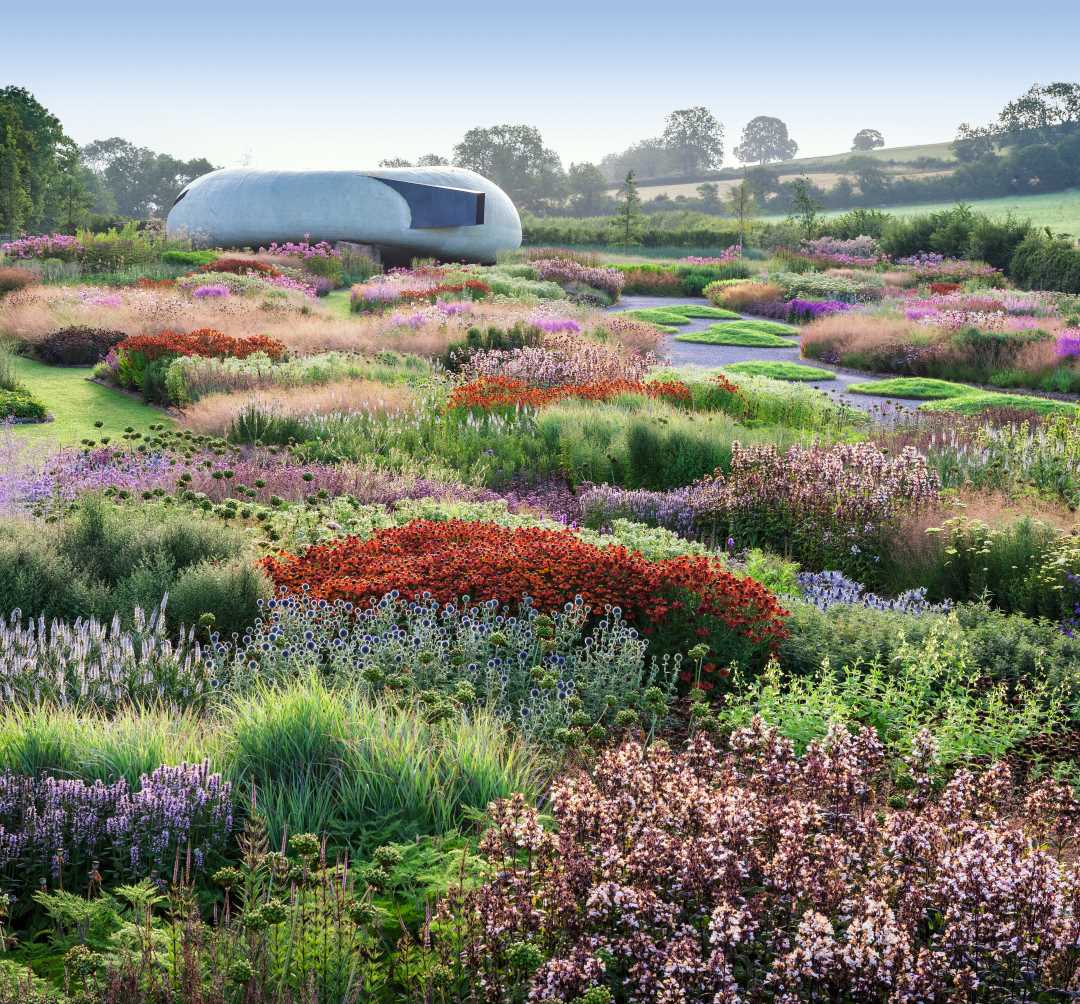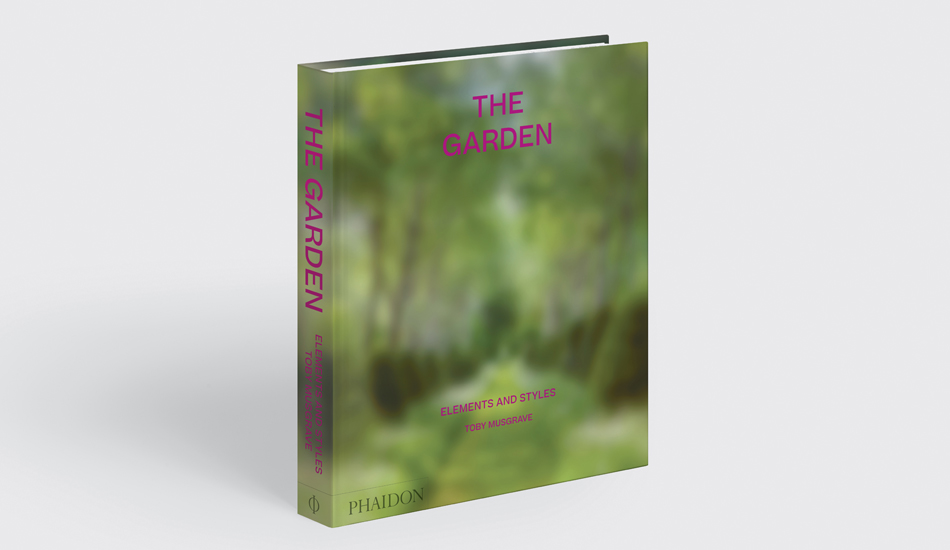
Secrets from the Garden: Today’s wildlife friendly gardens owe a lot to big city parks
This 'natural' planting style might look countrified, but it owes its popularity to urban landscapes
Our new book The Garden: Elements and Styles is the one truly vital guide to garden design, from the best established, most highly cultivated conventions to the most recent styles and trends. The scholar, garden authority and author, Toby Musgrove offers a truly global view of how we shape our natural world. Read this book and you’ll discover, for instance, that in Italian Renaissance gardening a bosco was a formal grove planted with a single type of evergreen tree; and that a buffet d’eau or ‘water table’ was an extravagant fountain-like feature common to seventeenth-century French Baroque gardens, in which stepped cascades drained into a central pool.
Some elements and styles featured in the book are highly refined, while others seem to draw more readily from nature’s own wild forms and patterns. The highly fashionable new perennial planting certainly falls into this latter category. “New perennial planting has an informal, flowing aesthetic that is less manicured than the traditional herbaceous border and made on a larger scale,” writes Musgrove. “Inspired by natural plant communities, it is characterized by mixed groupings of perennials and ornamental grasses, within which are created repeating patterns of sweeping, intertwined drifts. While not primarily intended as a wildlife garden, the ethos of ‘right plant, right place’ and desired longevity of season, including a show of seed heads, makes it wildlife friendly.”
This latter-day style was in part inspired by the work of the 1930s German plantsman and nurseryman Karl Foerster, who created a perennial meadow “at his own garden in Potsdam-Bornim – today the Karl Foerster Garten,” writes Musgrove. “His artfully arranged groups of perennials, grasses and bulbs, with fewer taxa in larger drifts, were co-ordinated by height, flowering time and colour.”

However, the rise of new perennial planting more recently can be put down to a couple of big city parks established by one remarkable gardener. “In the late twentieth and early twenty-first centuries, and with commissions from the High Line in New York to Skarholmen in Stockholm, the designs of Dutch plantsman and designer Piet Oudolf have come to epitomize the style in the Northern Hemisphere,” writes Musgrove. “With his plant selection based first on form and structure, then on colour, Oudolf’s ethos is to hold a conversation with nature that results in a harmonious blend of naturalistic planting design, art and horticulture, resulting in what he calls ‘demure’ drama,” Musgrove goes on to say. “Oudolf and the American perennial expert and designer Roy Diblik have worked together, and their approach has influenced, among others, such designers as Sarah Price, Tom Stuart-Smith and Andy Sturgeon.”
Indeed, even when Oudolf works on a garden well outside the big cities, there’s sometimes an urbane connection; the garden pictured above might be in rural Somerset, but it forms part of the international art gallery Hauser and Wirth’s West Country outpost, and features the Radić Pavilion, by Chilean architect, Smiljan Radić, which once stood beside the Serpentine Gallery in central London.
To see further examples of perennial planting, and to understand how it all fits in alongside other horticultural styles and trends, order a copy of The Garden: Elements and Styles here. Meanwhile, for more on the High Line take a look at this book.